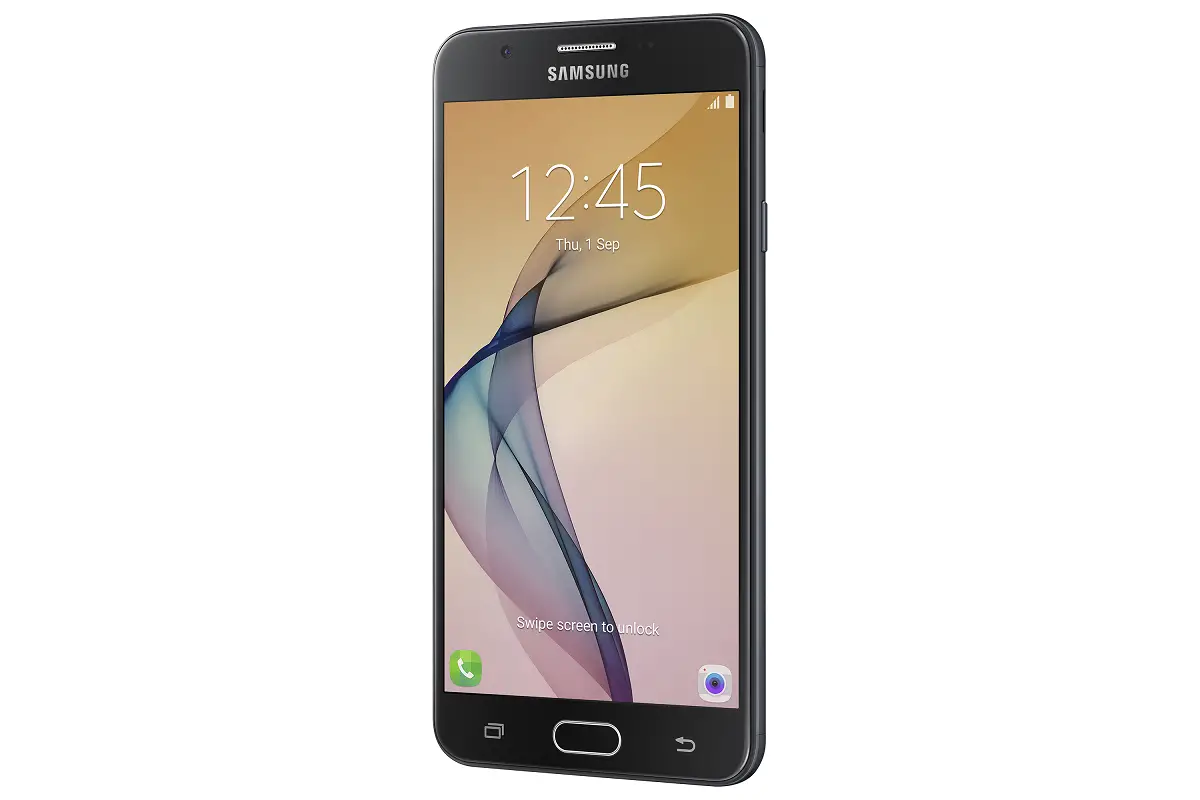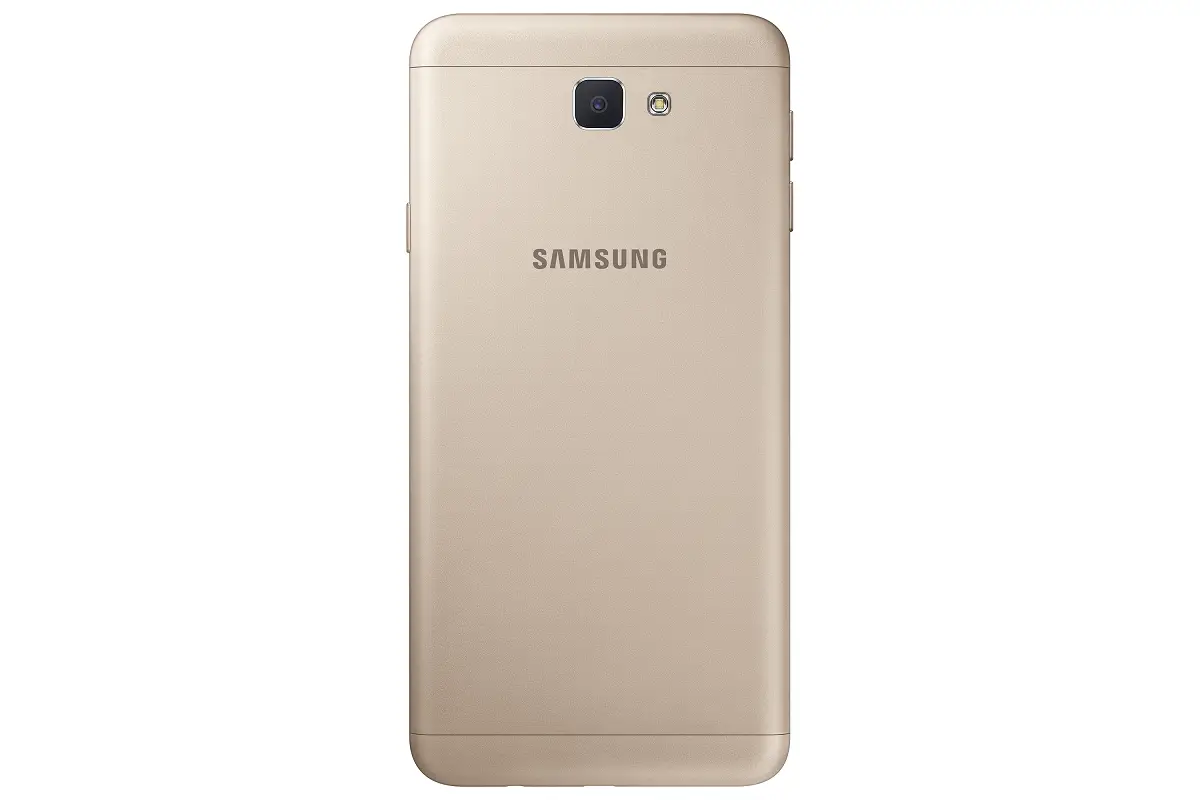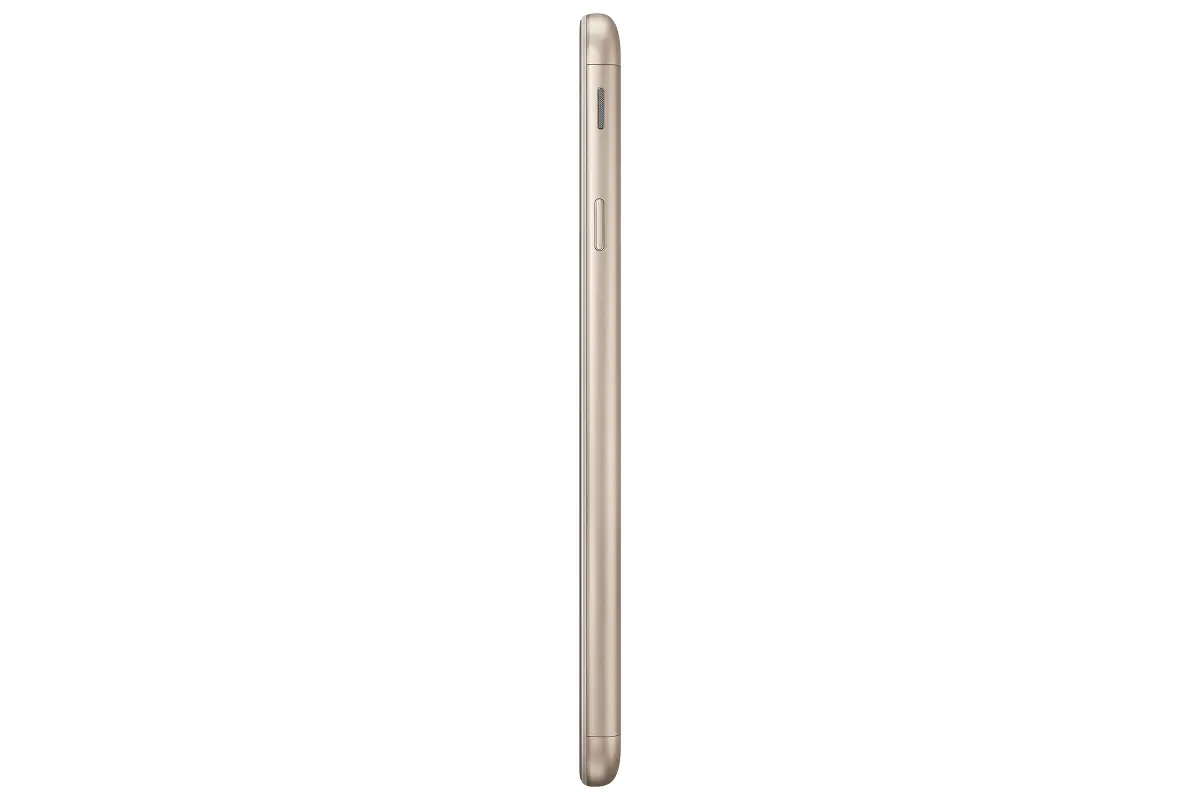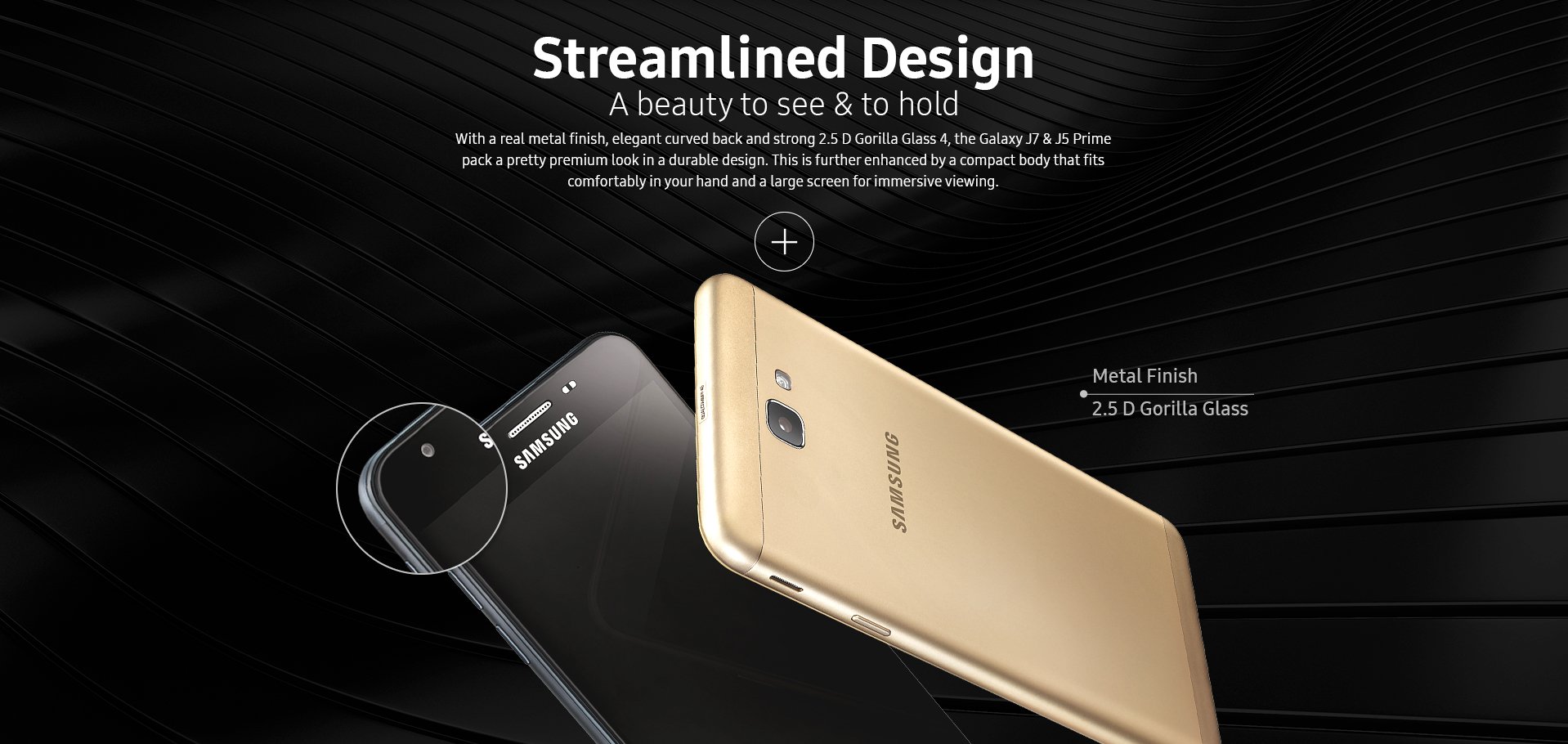In 2016, the South Korean company Samsung introduced the Galaxy J7 Prime, retaining the main advantages of the J7 model, conducting a cosmetic design update and changing the battery technology. Almost doubled the autonomous work. At first glance, the Galaxy J7 Prime is a slightly updated model, with more RAM and the same screen. It is the battery that stands out, it now has a capacity of 3300 mAh. What else does this model offer?
Samsung Galaxy J7 Prime Specifications

- Release date: 2016, August
- Colors: Black, Gold, Rose Gold
- Dimensions: 151.7 x 75.0 x 8.0 mm.
- Weight: 167 g.
- Screen: 5.5" in, 1080 x 1920, PLS TFT LCD
- Camera : Single, 13MP
- Chipset: Exynos 7870 Octa (14 nm)
- CPU: Octa-core 1.6 GHz Cortex-A53
- Memory: 16/32 GB, 3 GB RAM
- Battery: 3300, Non-removable Li-Ion
- Network: GSM / HSPA / LTE
- Operating system: Android 7.0 (Nougat), upgradable to Android 8.1 (Oreo)
- Sensors: Fingerprint (front-mounted), accelerometer, proximity
If you are curious to find out all the details before reading the full review, visit the page for Samsung Galaxy J7 Prime Specs, where you will find even the smallest detail about the phone.
Design

The first thing we notice is the metal frame that runs along the body. A year earlier, the model was made of plastic. Now, there's a bit of metal incorporated as well. This decision can be welcomed, as such a construction is well known from older models and has proven to be reliable.
The housing in terms of design and build quality has been retained. The rear panel is easily removable. Underneath are two microSIM card slots and a memory card slot. The color solutions are similar to the familiar J7 - white, black or gold. The choice is all yours!
On the front of the smartphone you will see the camera flash. The Galaxy J7 Prime is positioned as a selfie device. In terms of dimensions, it is perfectly satisfactory - 151.7 x 76 x 7.8 mm. Its weight is 169 grams. For a phablet, these are usual indicators. The device is thin enough to carry it in your pants pocket and go unnoticed. On the front panel of the smartphone you will also find the fingerprint scanner. It works satisfactorily fast and accurately. It will successfully keep your personal data at a safe distance from malicious eyes.
Display

Having a SuperAMOLED screen in the Galaxy J7 Prime is a big plus. For this price range, this is unusual. Compared to the older model, new screen modes have been added.
The Galaxy J7 Prime features a 5.5-inch display with a resolution of 1280 x 720 pixels. The pixel density per inch is 267. The phone lacks automatic brightness adjustment, which has positively affected the duration of autonomous operation. You can adjust the backlight in a wide range, with the maximum brightness reaching 500 cd/m2.
Performance

The Galaxy J7 Prime is based on the Exynos 7870 chipset, 8 cores clocked at up to 1.6 GHz and a Mali-T830 GPU. RAM is 2 GB. A 3 GB version is available for China only. As a result, you get pretty fast app launches. On this point you will have no problems. The internal storage is only 16 GB, but you can expand it using a memory card up to 128 GB.
Cameras

In the Galaxy J7 Prime, the main camera is 13 MP. Its interface is similar to most models launched in 2016. So, apart from the auto mode, you also have Pro, where you choose the settings on your own. The camera shoots amazingly well for a device in this price range.
The front camera is equipped with a flash and, as we have already said, is designed for selfies. It has a resolution of 5 MP. The photos are of acceptable quality, but are far from flagship level. With the help of beautification options and effects, you can create interesting photos to share with friends and acquaintances. Video recording is at 1080 pixels resolution at 30 frames per second.
Autonomous operation

The battery life of the Galaxy J7 Prime will appeal to quite a few users. Its capacity is 3300 mAh. Considering that the processor is faster than the one in the J7 model, you can expect about two days of autonomous work before you need to recharge. Samsung has provided two power saving modes - regular and extreme. Both temporarily suspend some features from working. A full battery recharge takes about 2.5 hours.
Conclusion
The company Samsung successfully strengthened its position in the mid-price class, releasing the Galaxy J7 Prime in 2016. The device is characterized by a number of advantages. These include the high quality of the display matrix, the metal frame of the housing, good photo quality and the selfie flash. In addition, the device supports operation with 2 SIM cards. It shows an excellent level of autonomous work, which is an indicator that many users are excited about these days.
The cons of this model can be attributed to a few things. Among them are the low readability of the display, and also the absence of a notification indicator and sensor. For users who want to have in their hands an inexpensive phablet, this smartphone is an excellent solution.
Samsung Galaxy J7 Prime video review
Disclaimer: The information presented in this article is based on our team's personal experience with the Samsung Galaxy J7 Prime and third-party sources. While every effort has been made to provide accurate and reliable information, readers should keep in mind that this is a subjective assessment. The writing of this article was not paid for or sponsored by Samsung.

